Social media has turned our kitchens into performance stages where bizarre food combinations get more attention than actual cooking skills. From rainbow-colored disasters to fake recipes designed purely for clicks, these trends have gotten completely out of hand.
Many of these so-called innovations waste ingredients, create unrealistic expectations, and prioritize looks over taste. Here are the most annoying food trends that desperately need to disappear from our feeds and our plates.
1. Mashed Potato Chips
Turning perfectly good potatoes into crispy snacks at home sounds clever until you actually try it. The results are usually soggy, greasy disasters that taste nothing like real chips.
Most home cooks lack the proper equipment to achieve the right texture and crispiness. Your oven simply cannot replicate industrial frying methods that make store-bought chips so satisfying.
Save yourself the disappointment and buy actual chips instead. Your taste buds and your time deserve better than this kitchen experiment gone wrong.
2. Rainbow Foods
Artificial food coloring has invaded everything from bagels to pasta, creating dishes that look like they belong in a crayon box. These rainbow creations prioritize Instagram appeal over actual flavor and nutrition.
Most of these colorful foods taste exactly the same as their normal counterparts, just with added chemicals. The bright colors often fade during cooking, leaving you with muddy, unappetizing results.
Food should nourish your body, not serve as a photo prop. Natural ingredients already provide beautiful colors without artificial additives that serve no purpose beyond social media likes.
3. Skinless Chicken Breasts in a Slow Cooker
Slow cookers work magic on tough cuts of meat, but chicken breasts are not one of them. Without skin and bones, these lean cuts turn into rubber when cooked for hours.
The low, slow heat that makes pot roast tender destroys the delicate texture of chicken breast. You end up with stringy, flavorless protein that even sauce cannot save.
Chicken thighs, pork shoulder, or beef chuck roast are much better choices for slow cooking. Stop torturing innocent chicken breasts and use cuts that actually benefit from this cooking method.
4. Weird Pasta Recipes
Pasta has become the victim of countless bizarre combinations that would make Italian grandmothers weep. From breakfast cereal toppings to candy-covered noodles, these recipes ignore centuries of culinary wisdom.
Good pasta dishes rely on balance and harmony between ingredients. Throwing random sweet and savory items together creates confusion, not cuisine.
Traditional pasta recipes exist because they work beautifully together. Before adding gummy bears to your spaghetti, remember that some food combinations should remain separate for good reasons.
5. Nacho Baby Showers
Baby showers deserve elegant finger foods that guests can eat while celebrating, not messy nachos that require both hands and multiple napkins. This trend creates more cleanup than joy.
Pregnant women and dressed-up guests should not have to navigate cheese-covered chips and drippy toppings. The mess factor alone makes this choice inconsiderate to hosts and attendees.
Simple sandwiches, fruit platters, or bite-sized appetizers show more thoughtfulness. Save the nachos for casual game day gatherings where everyone expects to get their hands dirty.
6. Cake in a Cup
Microwave mug cakes promise instant gratification but deliver disappointing results that taste like sweet rubber. The texture never matches real cake, no matter how many recipes you try.
Proper cakes need time for ingredients to blend and develop flavor through traditional baking methods. Rushing this process with microwave shortcuts creates dense, artificial-tasting desserts.
Making real cake takes patience, but the results are worth waiting for. If you want instant dessert, eat some fruit or a piece of chocolate instead of settling for microwave disappointment.
7. Fake Recipes
Social media influencers share picture-perfect recipes that look amazing but never work in real kitchens. These fake recipes prioritize viral content over actual cooking success.
Many of these videos skip crucial steps or use impossible techniques to create their stunning visuals. Home cooks waste ingredients and time trying to recreate results that were never achievable.
Stick to recipes from trusted sources who actually test their creations. Real cooking takes skill and practice, not just pretty photos and trending hashtags that promise unrealistic outcomes.
8. Avocado on Everything
Avocados are nutritious and delicious, but they do not belong on pizza, in smoothies, or mixed into every single dish. This healthy fat has been stretched beyond its culinary limits.
Some flavors simply clash with avocado’s creamy, mild taste. Forcing this ingredient into desserts or savory dishes where it does not belong creates weird textures and flavors.
Enjoy avocados where they shine naturally: on toast, in salads, or as guacamole. Not every trendy ingredient needs to invade every corner of your kitchen repertoire.
9. Charcoal Ice Cream
Activated charcoal turns ice cream an unnatural black color that looks more like motor oil than dessert. This trend sacrifices taste and safety for shocking visual appeal.
Charcoal can interfere with medications and provides no nutritional benefits in food. The dramatic color might create social media buzz, but it also creates genuine health concerns for consumers.
Ice cream should be creamy, delicious, and safe to eat. Natural flavors like vanilla, chocolate, and strawberry have remained popular because they actually taste good, not because they photograph well.
10. Annoying Thumbnail Titles
Recipe videos use misleading thumbnails with phrases like “You Won’t Believe This Secret!” or “Chefs Hate This Trick!” to grab attention. These clickbait tactics overpromise and underdeliver consistently.
The actual recipes are usually basic techniques that any cookbook could teach you. The dramatic presentation creates false excitement about ordinary cooking methods.
Good recipes speak for themselves without needing sensational marketing. Trust sources that focus on clear instructions and honest results rather than manufactured drama and exaggerated claims.
11. Outrage Recipes
Content creators deliberately make terrible food combinations to generate angry comments and engagement. These recipes exist solely to provoke outrage, not to provide actual cooking value.
Viewers waste time and energy getting upset about intentionally bad food while creators profit from the controversy. This cycle rewards poor content and clutters feeds with useless recipes.
Focus your attention on creators who share genuine cooking knowledge instead. Do not feed the algorithm that rewards deliberately awful content designed to make you angry rather than inspired.
12. Cheese Pulls
Every grilled cheese or pizza video now features extreme cheese pulls that require special cheese blends and camera angles. These dramatic stretches prioritize visual impact over actual eating experience.
Real melted cheese does not always perform these Instagram-worthy stretches, and chasing this effect often results in greasy, overloaded dishes that taste more like dairy than food.
Good cheese should complement your meal, not dominate it for social media purposes. Focus on flavor balance instead of creating cheese strings that look impressive but overwhelm your taste buds.

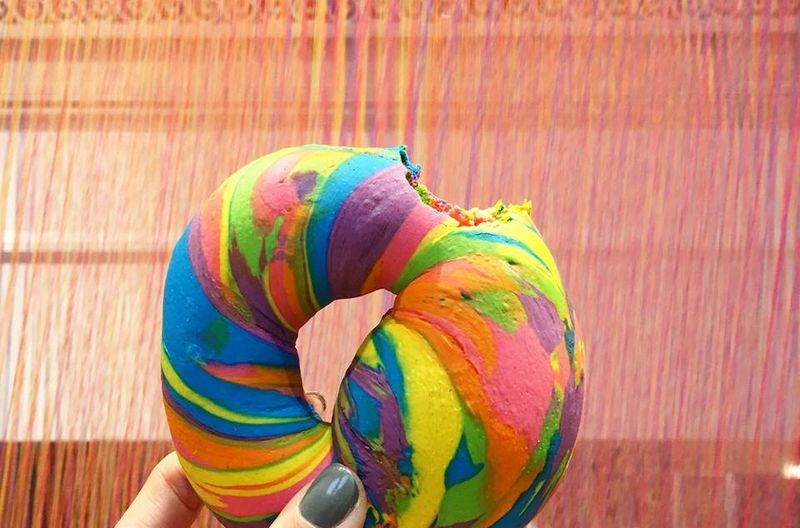
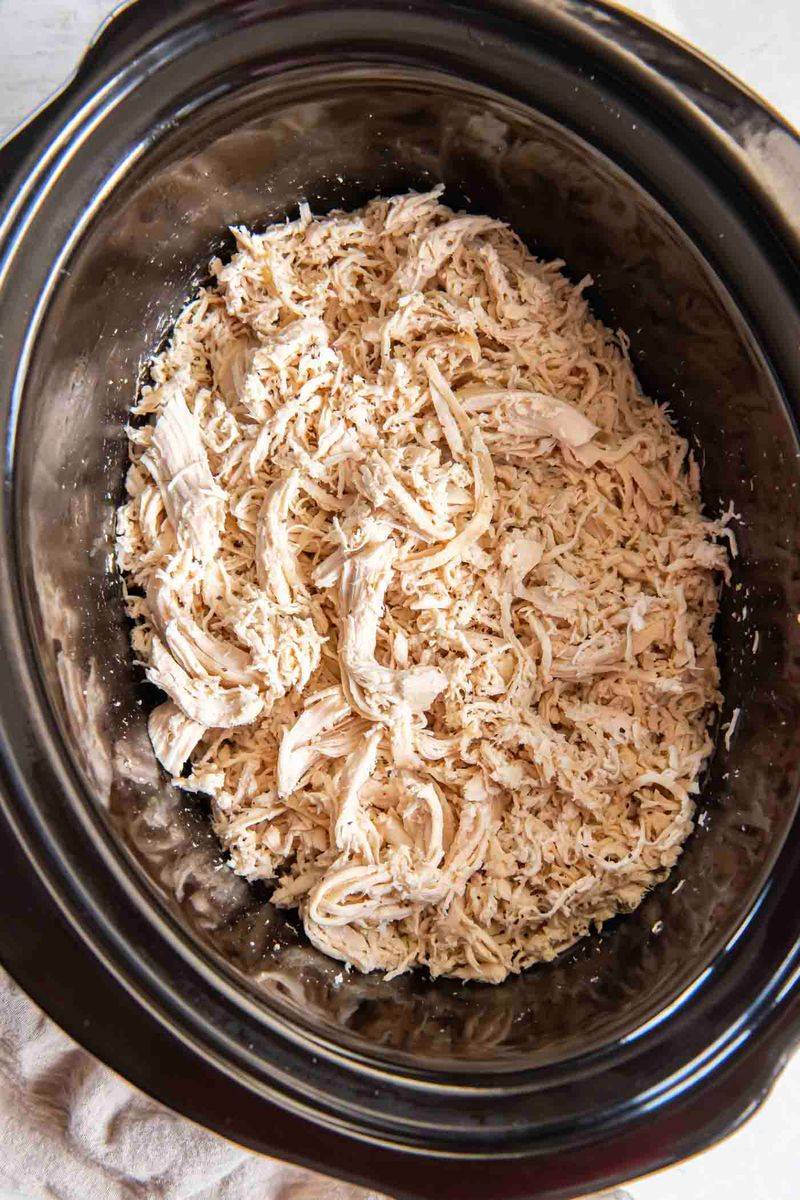
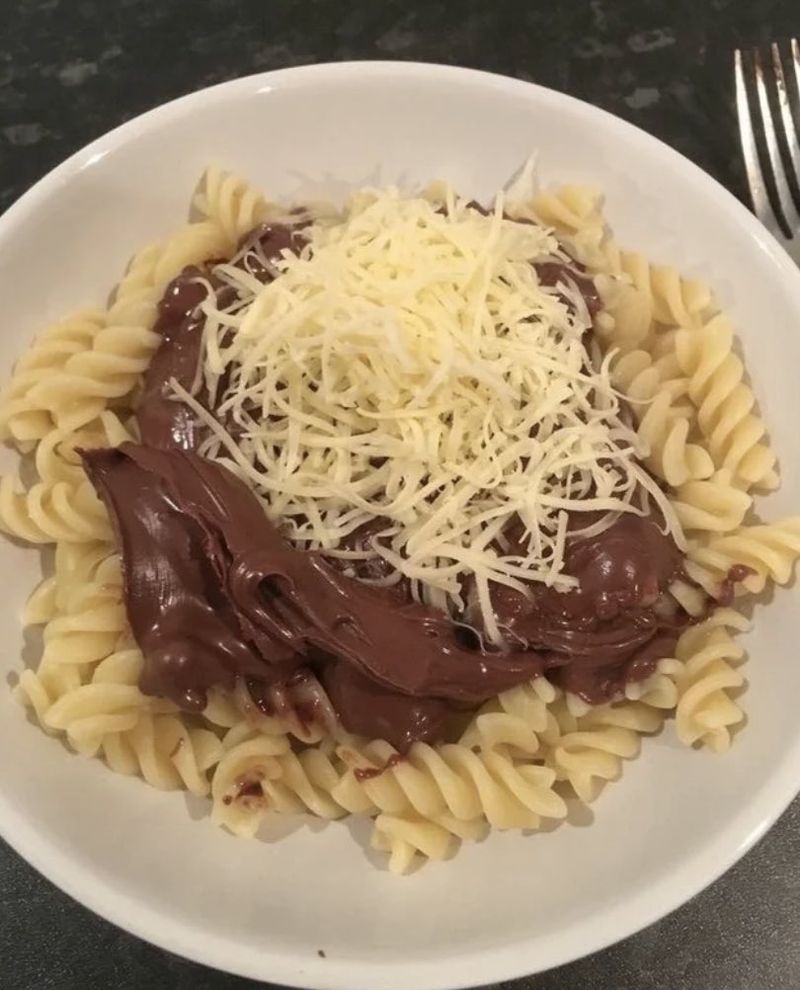
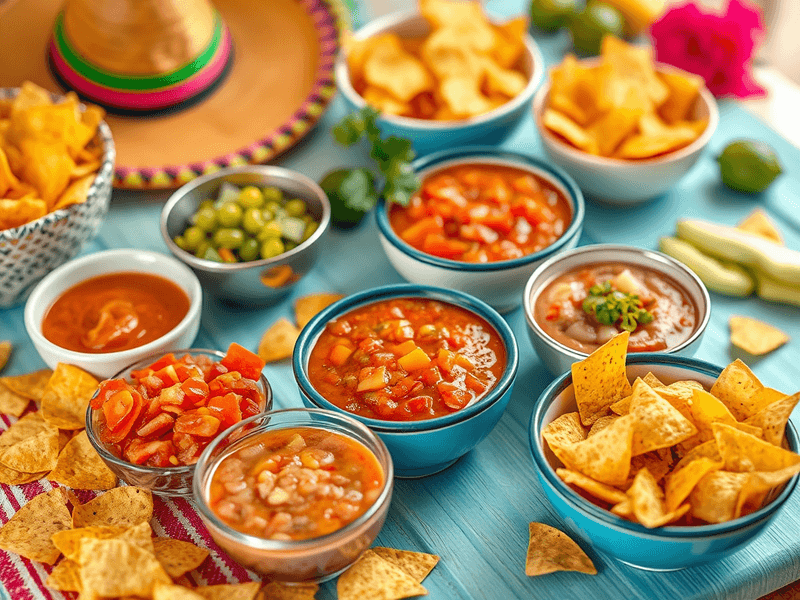
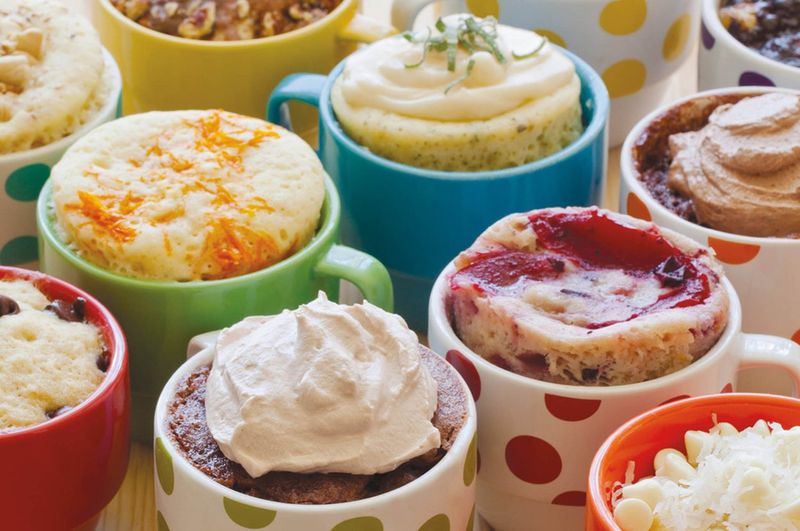
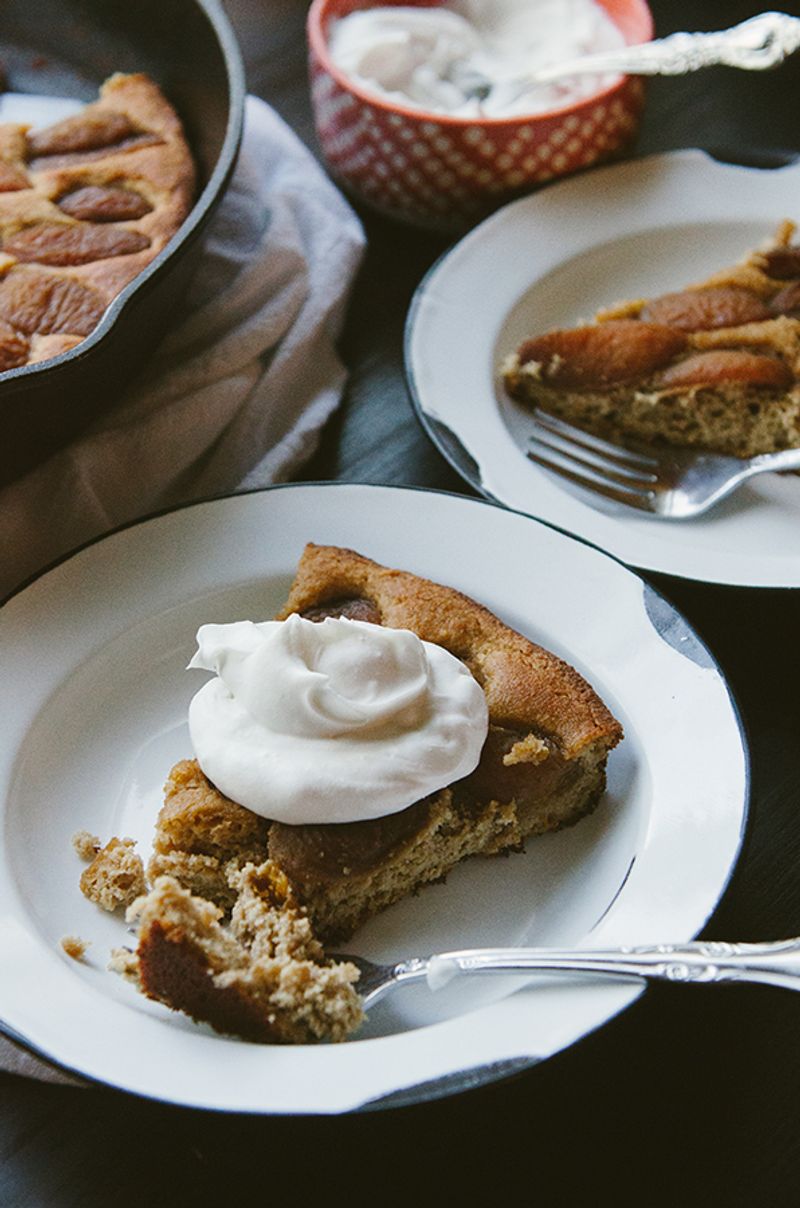
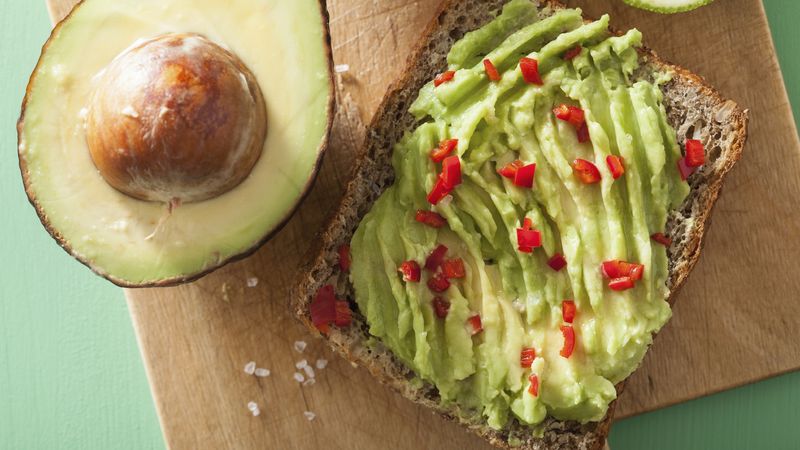
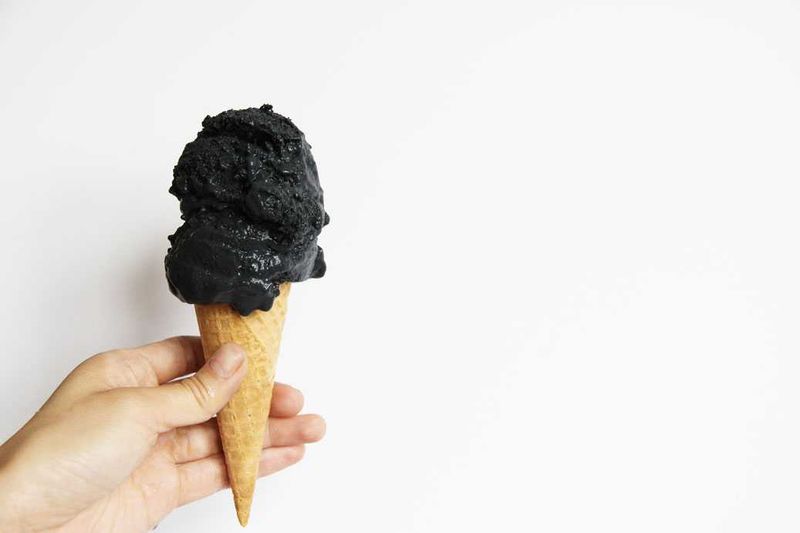

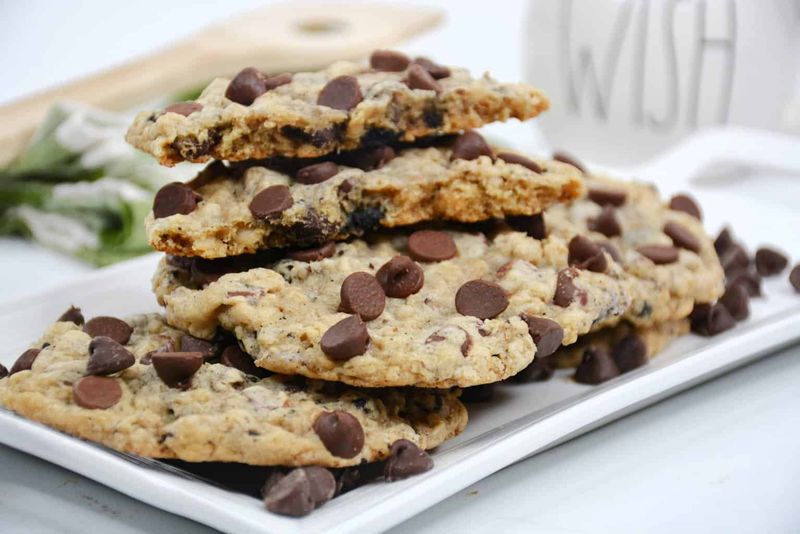
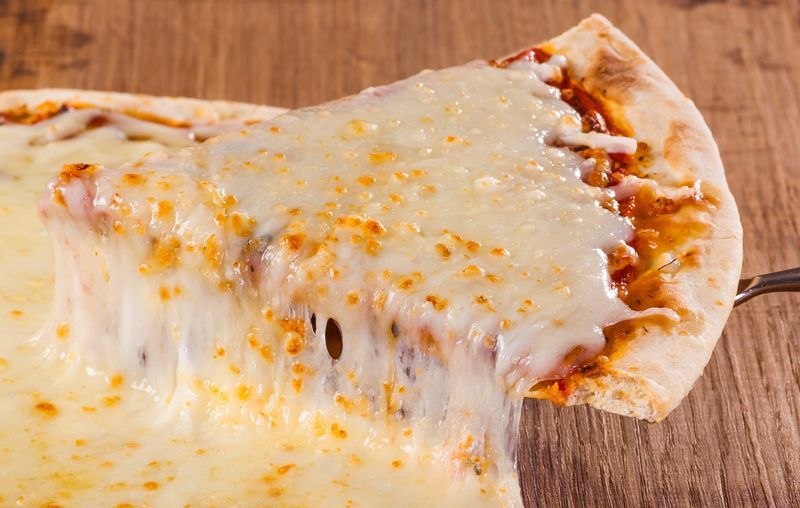
Leave a comment